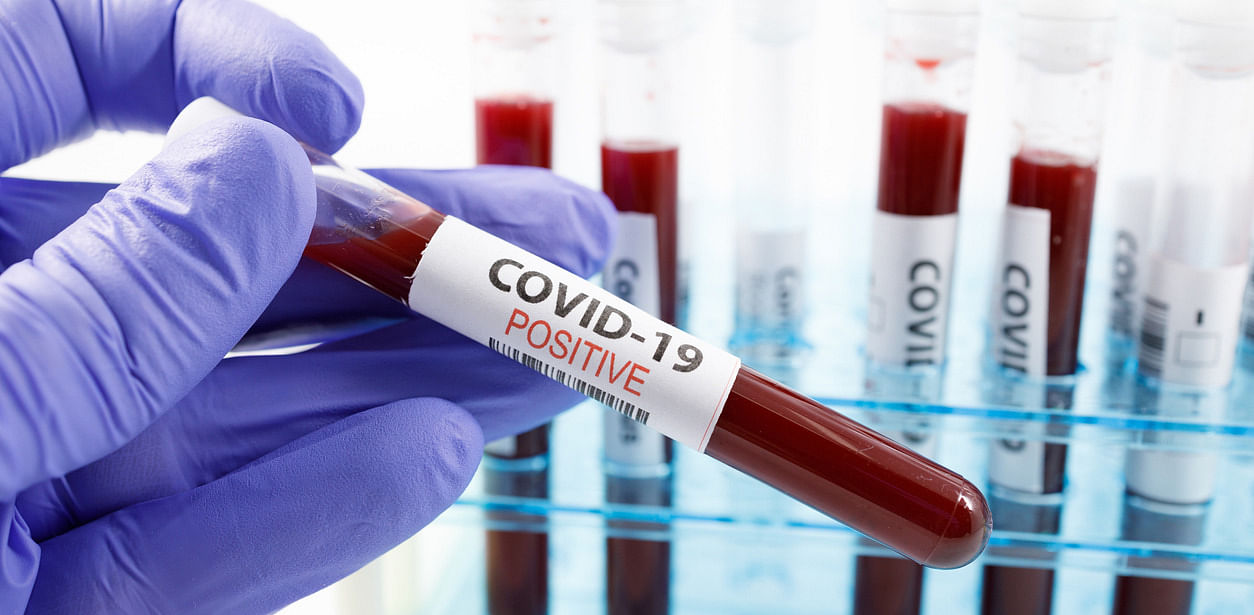
In less than two months since earning nationwide praise for the quality of its Covid-19 data disclosures, the state government has stepped down from many of its data commitments to the public.
Not only is the government not sharing patient histories, but on Sunday, the latest dataset to be axed was the dates of diagnosis and the dates of deaths for Covid-19 fatalities, plus the location of deaths.
An official attributed it to the challenges in handling the large number of daily cases and deaths in the state. On Monday, some of death information was restored but not the site of deaths.
The situation is a marked change from June 25, when Karnataka was feted as being one of only two states in India to not only issue regular bulletins but also offer an archive download, data on deaths and cases, data on samples tested, patient demographics, district-level data, detailed data on deaths and details of imported cases.
However, just two days later on June 27, a week after the Covid-19 surge in Bengaluru started, a data column indicating how patients were infected was removed. It was eventually reinstated. On July 18, nearly 3,800 missing patient numbers were discovered. This culminated, four days later, with the government stripping all patient demographics and case details.
Missing data effect
Just what is the state trying to hide? In the omission of Covid-19 deaths, a public accounting of monthly deaths can be hindered, especially with fatalities going up.
“Hiding such critical information ultimately makes recovery from the epidemic harder as the public is not given all the facts,” said the technologist P G Bhat, an Indian Navy veteran who helped the government to clean up common errors found in electoral rolls across the country.
“This sort of data withdrawals happen when the government realises that the public is carrying out analysis based on the disclosures, which could potentially reveal some things,” he added.
Munish Moudgil, director, Covid War Room, said there’s a hesitancy to share data if it was not 100% accurate as it could result in negative media
coverage.
“There are daily about 8,000 patients, and an average of 1.12 lakh patients to watch at any given point in time. Hospitals (are slow to) enter their discharge or death in a system. If they are at home isolation then it becomes even harder. Tracking more than a lakh persons per day without any mistake isn’t easy,” he said.
Vikranth (name changed), a data expert who has been tracking Karnataka’s Covid-19 data, described the government’s actions as counterproductive. “When data which is once shared is withdrawn, it reduces public trust in government,” he said.